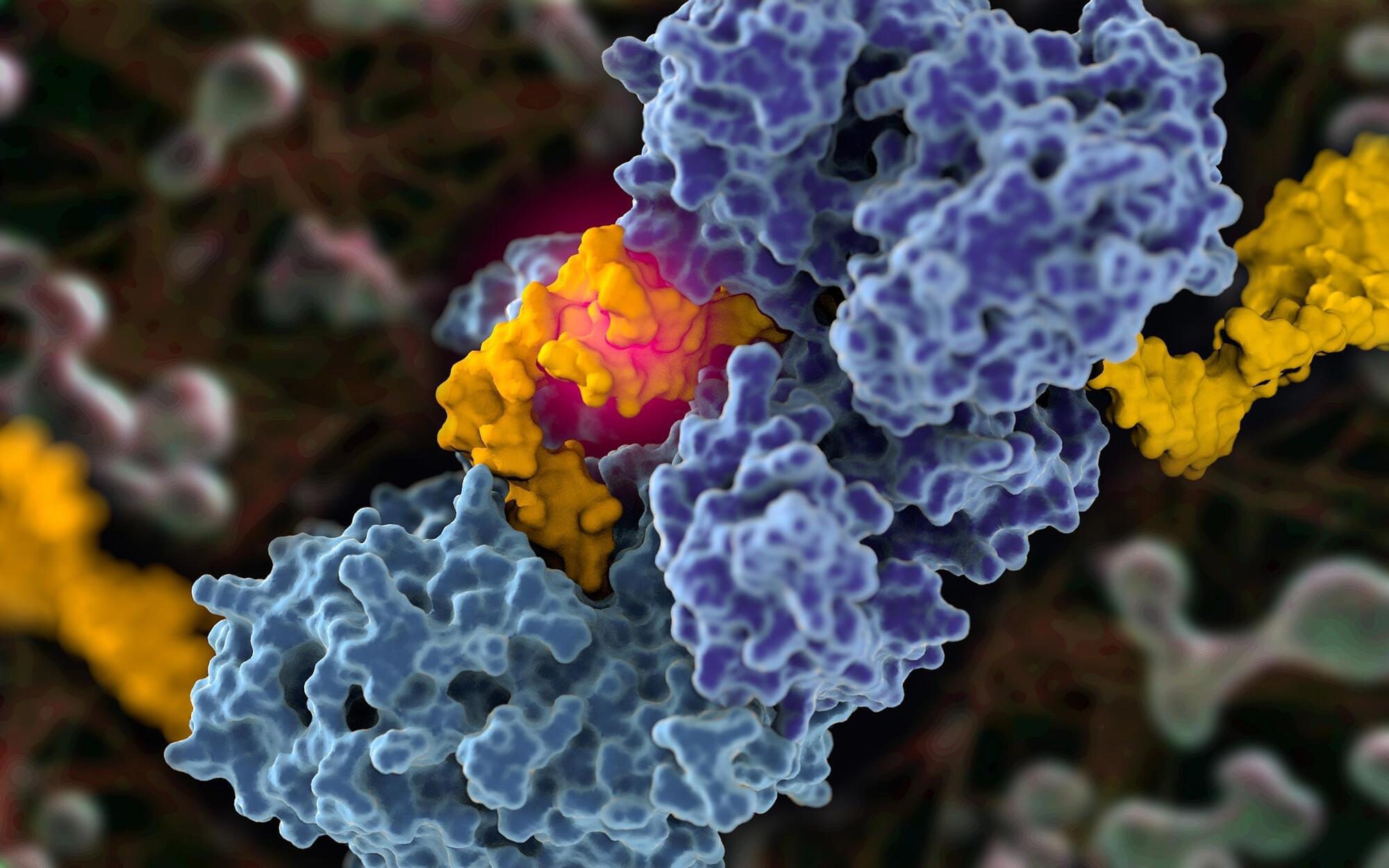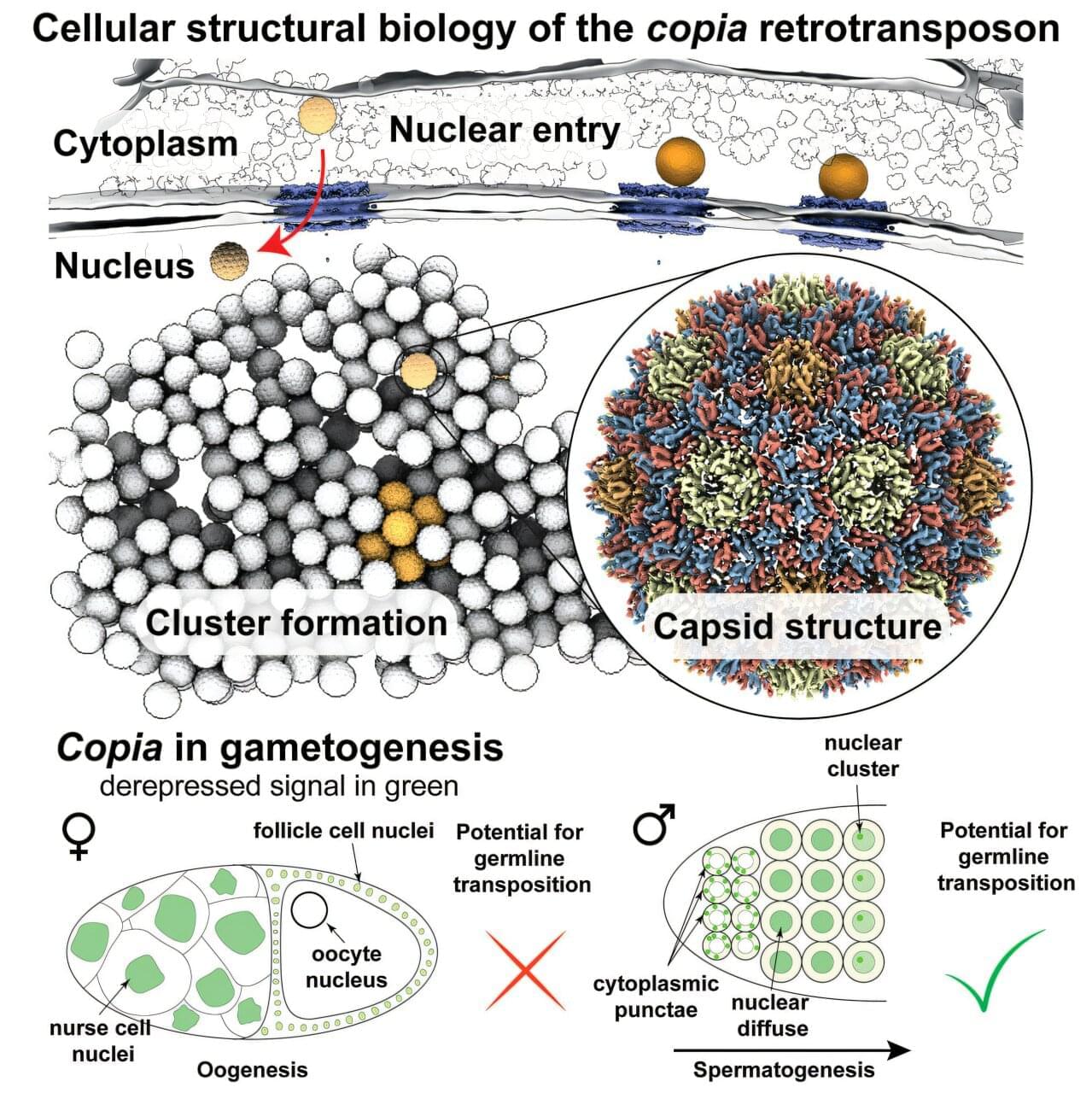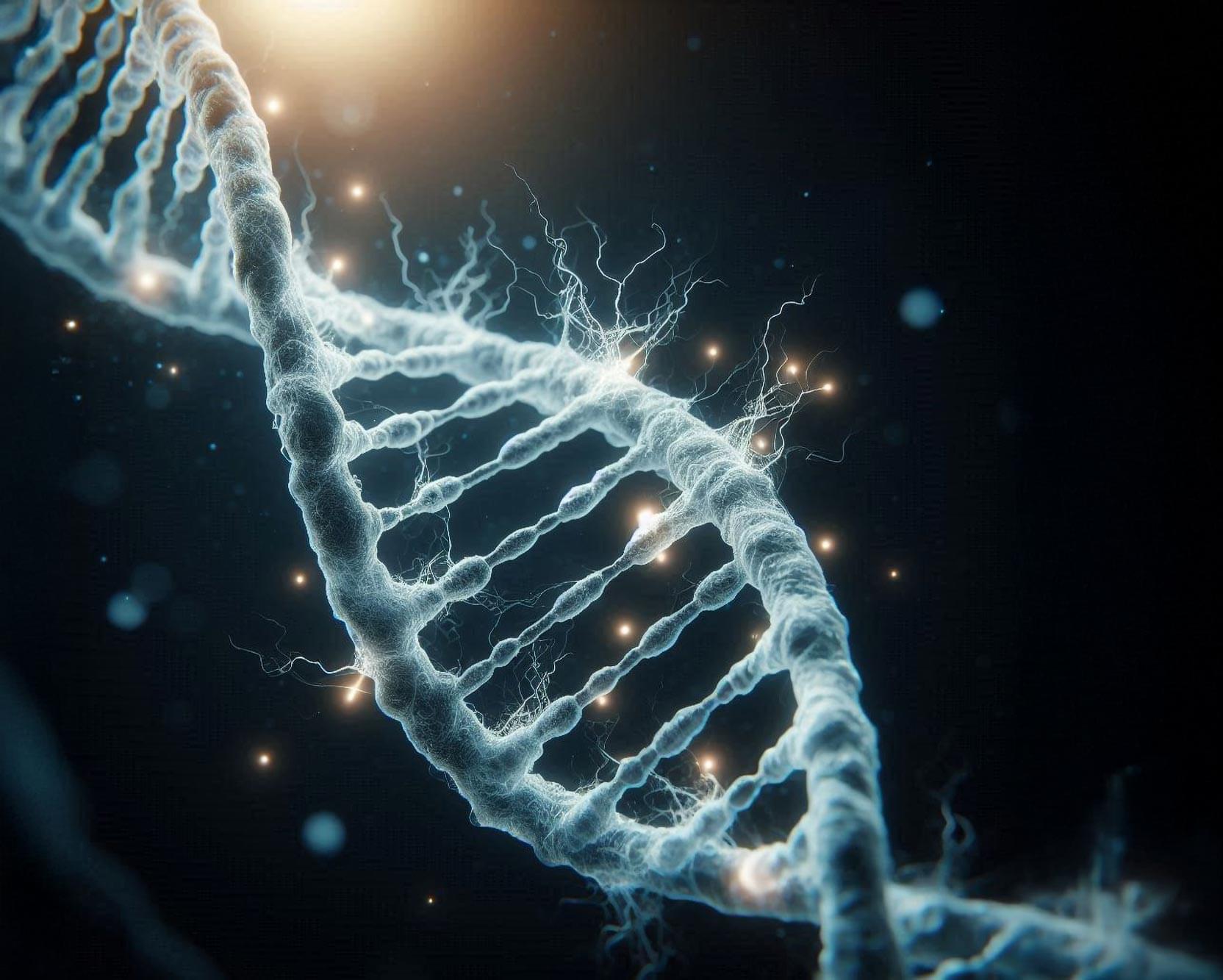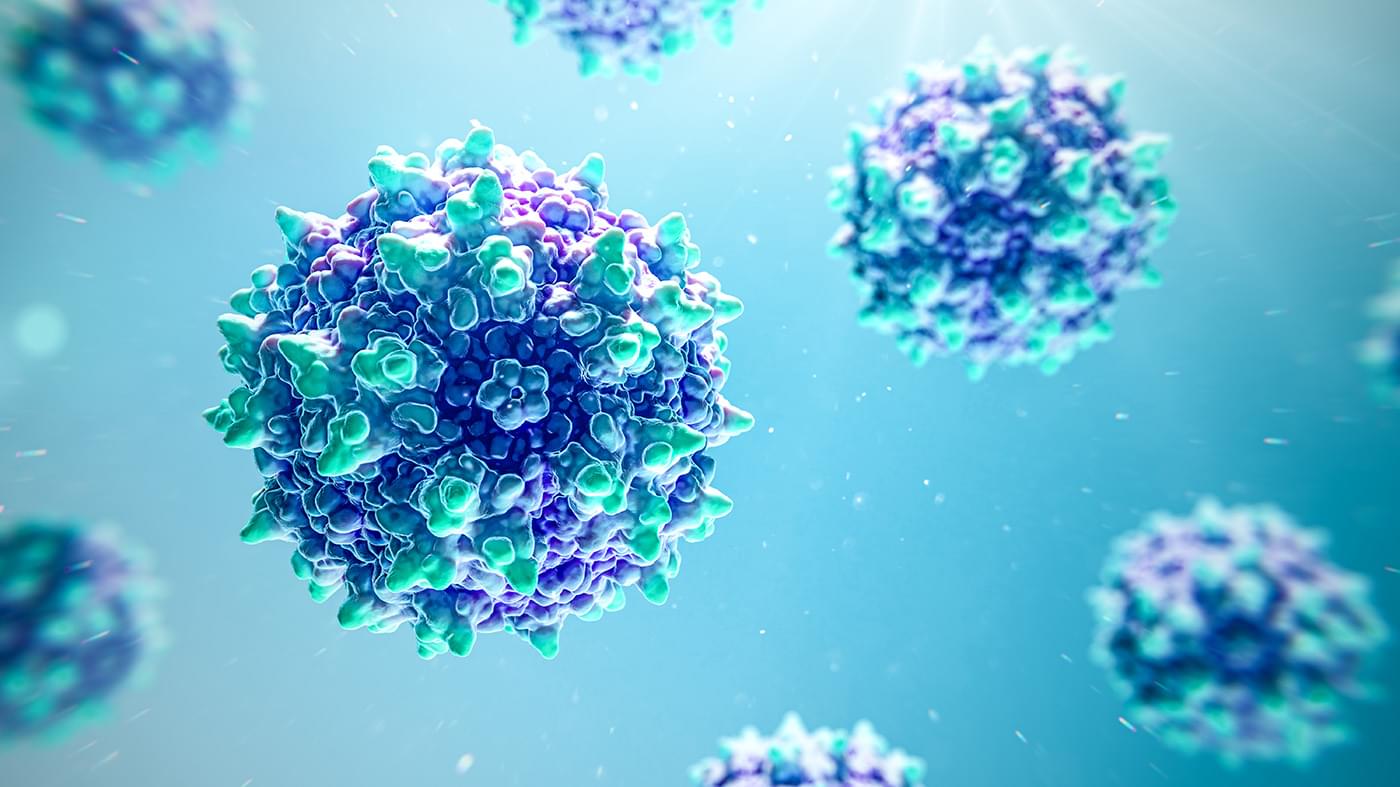An arms race is unfolding in our cells: Transposons, also known as jumping genes or mobile genetic elements as they can replicate and reinsert themselves in the genome, threaten the cell’s genome integrity by triggering DNA rearrangements and causing mutations. Host cells, in turn, protect their genome using intricate defense mechanisms that stop transposons from jumping.
Now, for the first time, a retrotransposon has been caught in action inside a cell: Refining cryo-Electron Tomography (cryo-ET) techniques, scientists imaged the retrotransposon copia in the egg chambers of the fruitfly Drosophila melanogaster at sub-nanometer resolution. The paper is published in the journal Cell.
Among the international team of scientists achieving this detailed visualization are three scientists with Vienna BioCenter ties: Sven Klumpe, currently in the laboratory of Jürgen Plitzko at the Max Planck Institute of Biochemistry in Martinsried, will join IMBA and IMP to build a group as a Joint Fellow; Julius Brennecke, a Senior Group Leader at IMBA, the Institute of Molecular Biotechnology of the Austrian Academy of Sciences; and Kirsten Senti, staff scientist in the Brennecke group. Also involved in this collaboration is the group of Martin Beck at the Max Planck Institute of Biophysics in Frankfurt.







